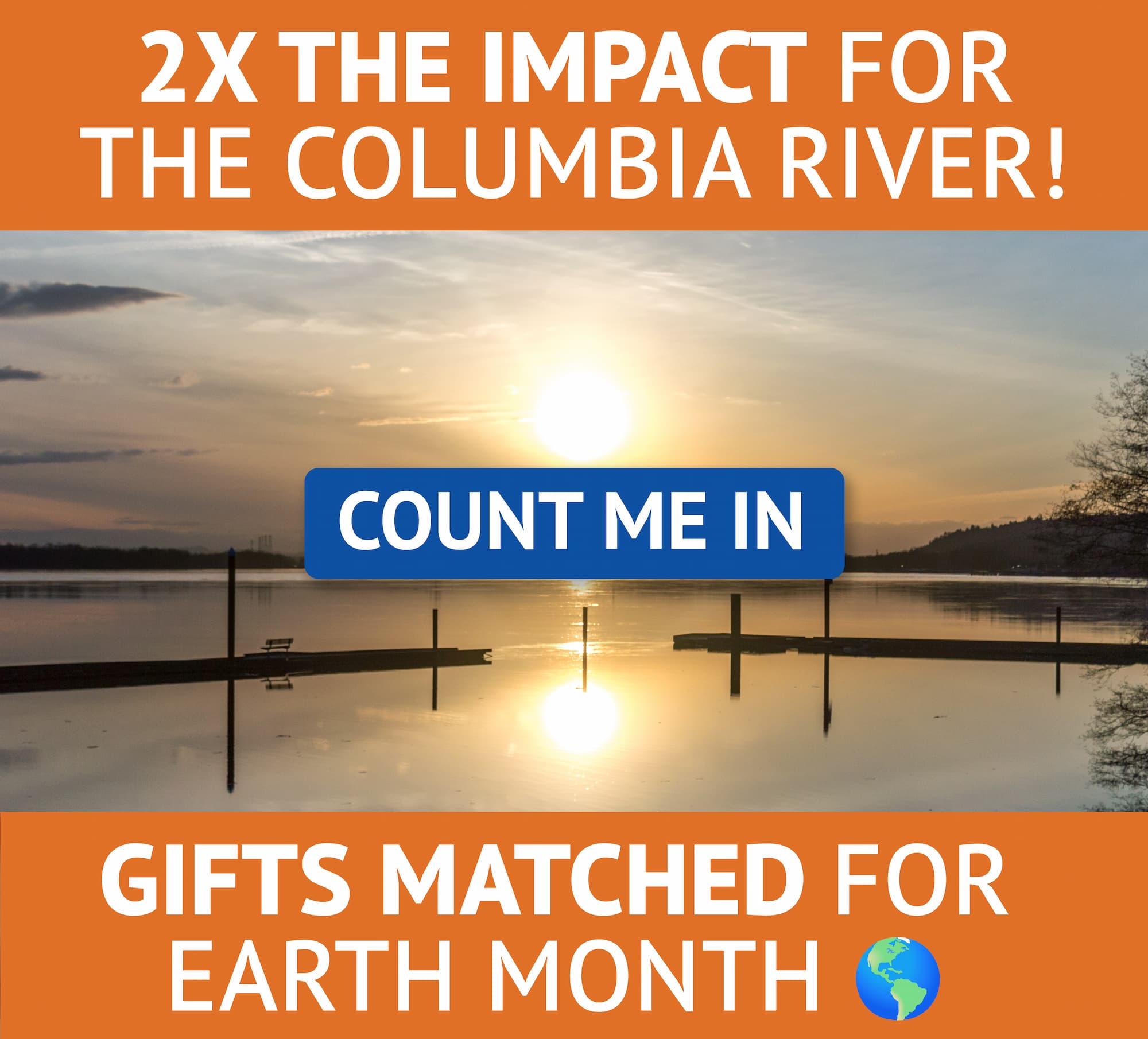The lower Columbia River (Wimahl in Upper Chinook, Nch’i-Wàna in Sahaptin) has been inhabited and stewarded by numerous tribes and bands of Indigenous peoples since time immemorial, and these peoples continue to have a deep and abiding connection to our lands and waters. The broad geography of the lower Columbia historically included dozens of seasonal and permanent villages and an interconnected web of tribal affiliations. Tribes including the Chinook, Clatsop, Kathlamet, Wahkiakum, Multnomah, Cascades, Tualatin Kalapuya, Molalla, Wasco, Clackamas, Cowlitz, Skilloot and Atfalati have ancestral connections to the lower Columbia and continue to be stewards of the river. We recognize that tribal territories were often shared and overlapping, and that this may be an incomplete list of those who lived on these lands. Many of the people of these tribes and bands are now members of the federally recognized Confederated Tribes of Grand Ronde, Confederated Tribes of Siletz Indians, Cowlitz Indian Tribe, Quinault Indian Nation, and the still unrecognized Chinook Indian Nation.
We pay respect to the elders, both past and present, who have stewarded the waters and lands of the Columbia River throughout generations.
The Columbia River has provided generously for the people who live along it. But in the two centuries since the Lewis and Clark expedition first forged connections with local tribes in what would become the Pacific Northwest, settlement and development by the United States has caused great harm to the health of the river, along with the tribes’ spiritual and cultural connections to it. There is a legacy of displacement, violence and oppression that has brought many of us to this land. We acknowledge, too, that some of us share an unequal burden of responsibility for this harm, for there are many other communities of color affected by environmental racism, discrimination and oppression.
With this acknowledgement, it is the commitment of the Estuary Partnership to take responsibility for ways we have perpetuated inequality and oppression, and to act with respect and intention as we move forward alongside tribal partners. We commit to listen to the stories of tribal neighbors and elders, and to amplify their lessons. We commit to shift our perspective and to take inclusive approaches to integrate traditional ecological knowledge into education, land management and restoration practices.
The links below, in addition to the Tribal Nations linked above, are only a small selection of online resources to learn more about the Native American culture and history of the lower Columbia River.
Resource List
Lower Columbia River History & Culture
- Lower Chinookan Treaty Territories in 1851 by Dr. David Lewis
- Tansy Point Treaties from Portland State University
- Willamette Valley Treaties and Oregon Tribal Treaties by Dr. David Lewis
- Kalapuya Treaty by Dr. Melinda Jette
- Indigenous Languages of Western Oregon from Lane Community College
- The Confluence Project has an extensive collection of stories from Indigenous voices of the Columbia River
- Quartux: Journal of Critical Indigenous Anthropology by Dr. David Lewis
United States and Tribal History
- Tribal Nations and the United States: An Introduction from the National Congress of American Indians
- This interactive map shows a timelapse of the United States' acquisition of indigenous lands.
Other Resources
- Native and Western Views of Nature from Native American Science Curriculum
- Territory Acknowledgement from native-land.ca
- Resource Guide to Honor Native Lands from US Department of Arts & Culture
